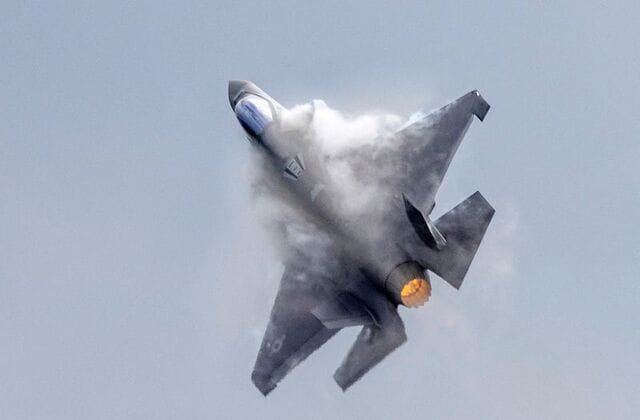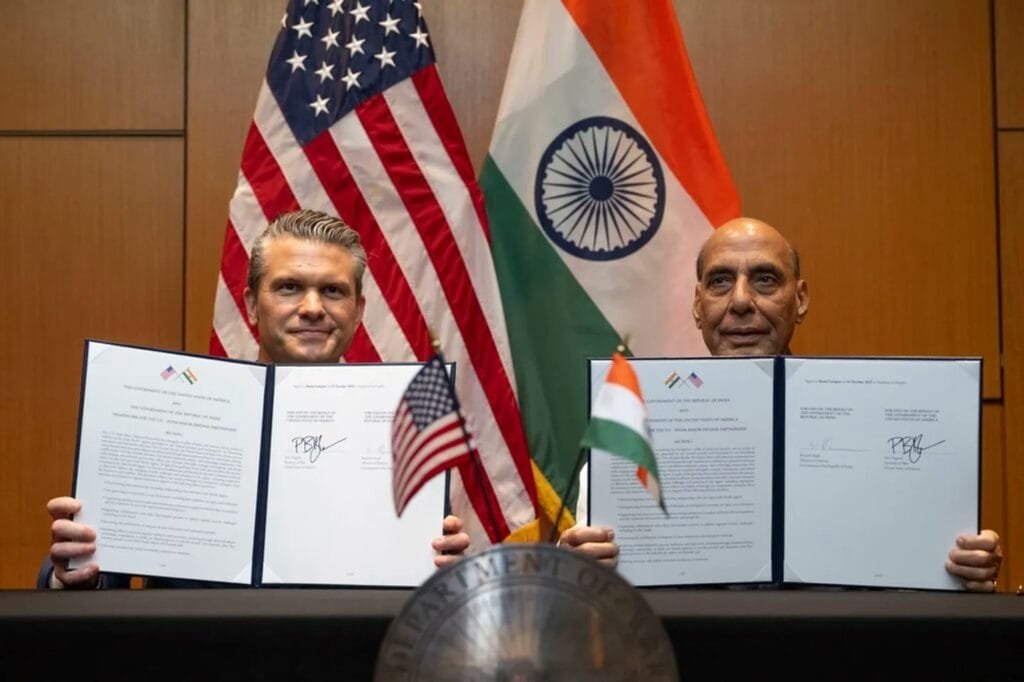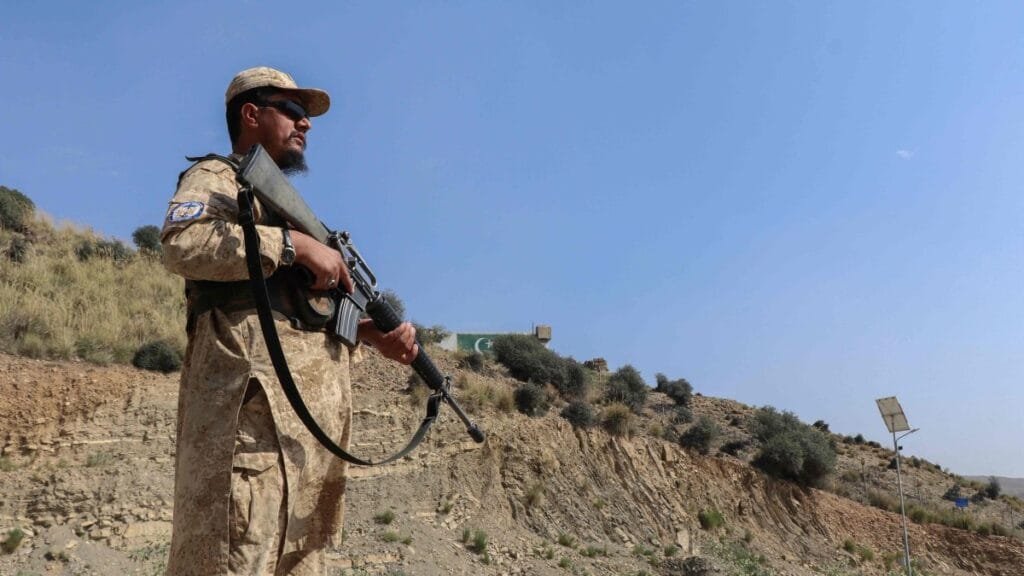Spain has officially suspended its plans to purchase U.S.-made F‑35 Lightning II fighter jets, opting instead to prioritize European-made alternatives as it recalibrates its defense strategy amid growing tension with Washington. A government spokesperson confirmed that Spain is weighing options between the Eurofighter Typhoon and the Future Combat Air System (FCAS) project, a joint initiative led by France, Germany, and Spain.
This decision follows a broader defense spending framework: while the 2023 budget had initially allocated approximately €6.25 billion for new fighter jets, including potential F‑35s, a more recent €10.5 billion addition to the defense budget is now slated predominantly about 85% for European acquisitions, automatically sidelining U.S.-built options.
Strategically, the suspension heavily impacts Spain’s naval aviation plans. The Navy’s aging AV‑8B Harriers are set for retirement by 2030, and with the F‑35B the only viable short take-off/vertical landing (STOVL) successor off the table, the flagship carrier Juan Carlos I may revert to operating helicopters only, unless Spain considers building a new aircraft carrier suited for conventional fixed-wing aircraft.
The repudiation of the F-35 aligns with Prime Minister Pedro Sánchez’s defense policy focus on European sovereignty and industrial autonomy. Sánchez has reaffirmed Spain’s commitment to spending 2% of GDP on defense per NATO guidelines, but resisted a proposed increase to 5% as advocated by U.S. President Donald Trump, an issue that has exacerbated diplomatic friction between Madrid and Washington.
While industry executives and analysts acknowledge the technological superiority of the fifth‑generation F‑35, Spain’s emphasis on strengthening its aerospace ties with European partners, such as those involved in FCAS and Eurofighter programs, reflects a broader continental trend toward defense independence and reduced reliance on U.S. defense systems.





